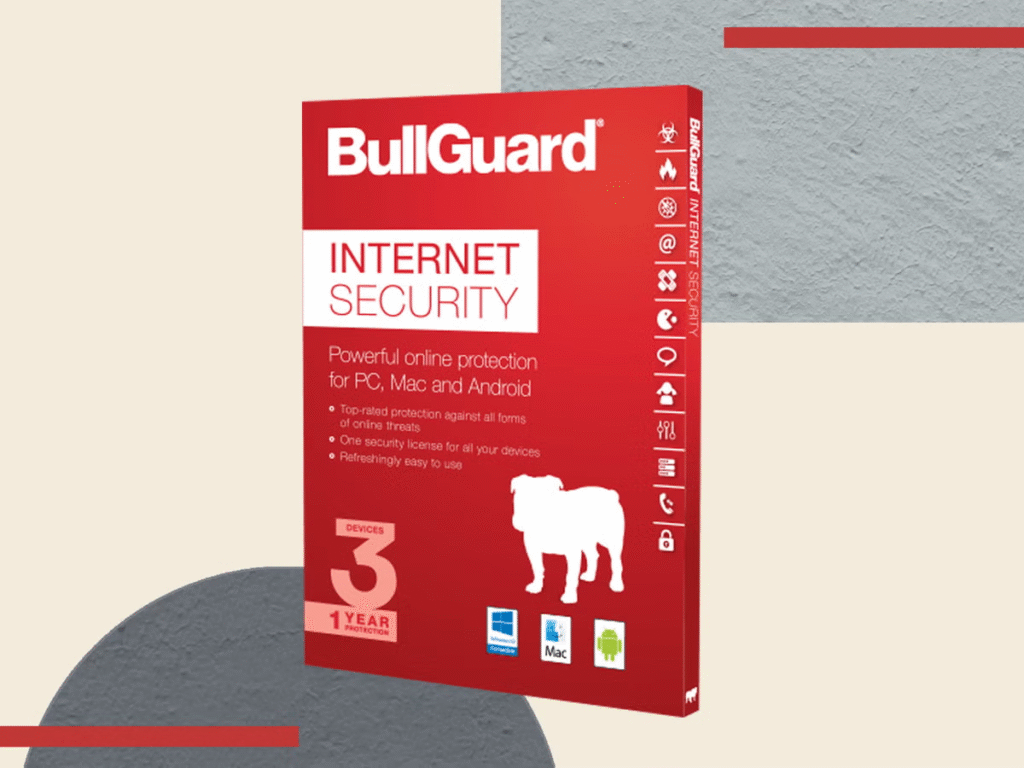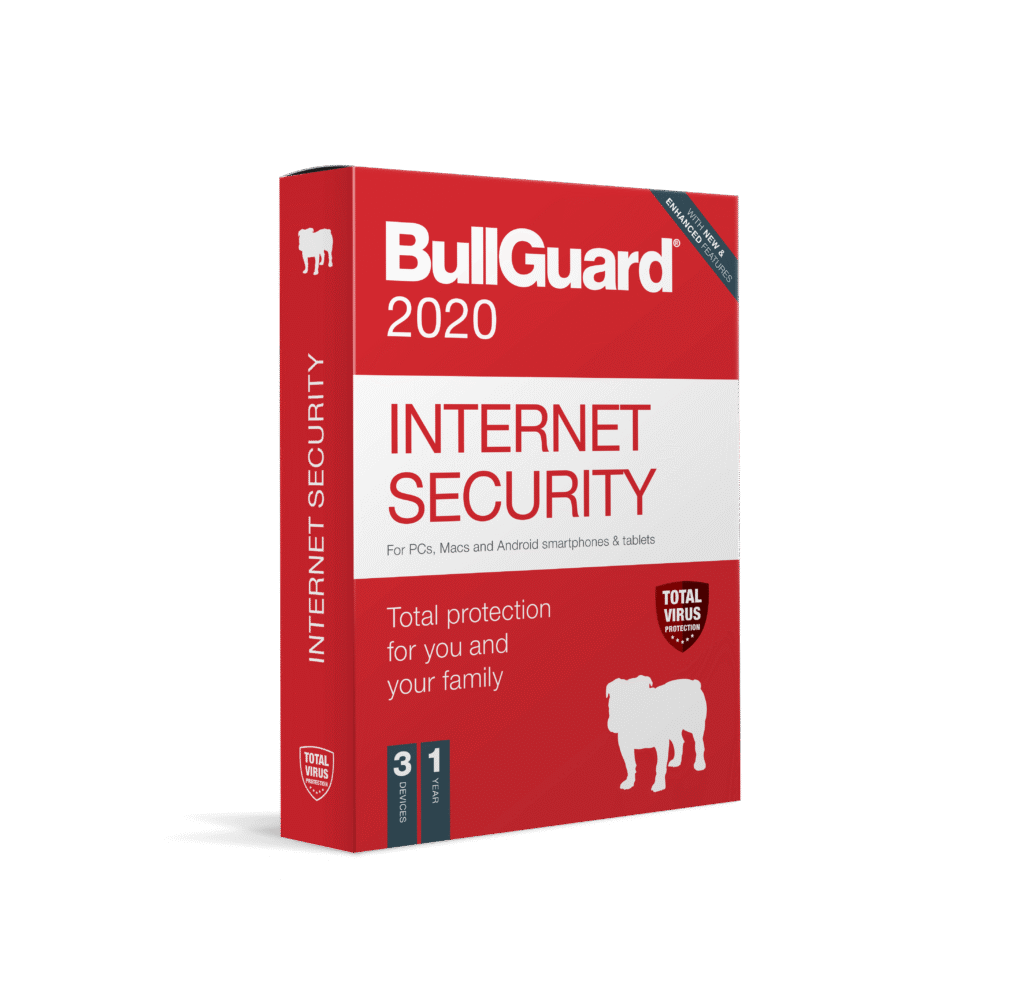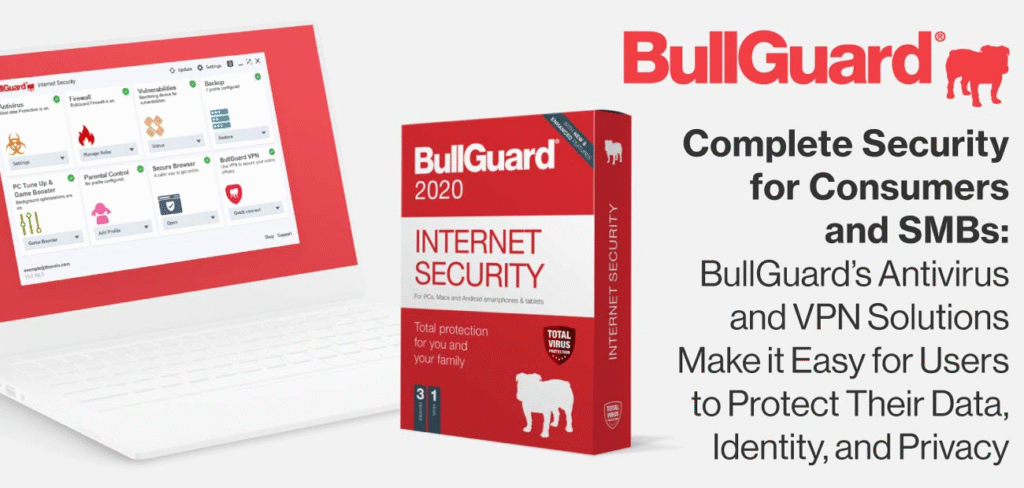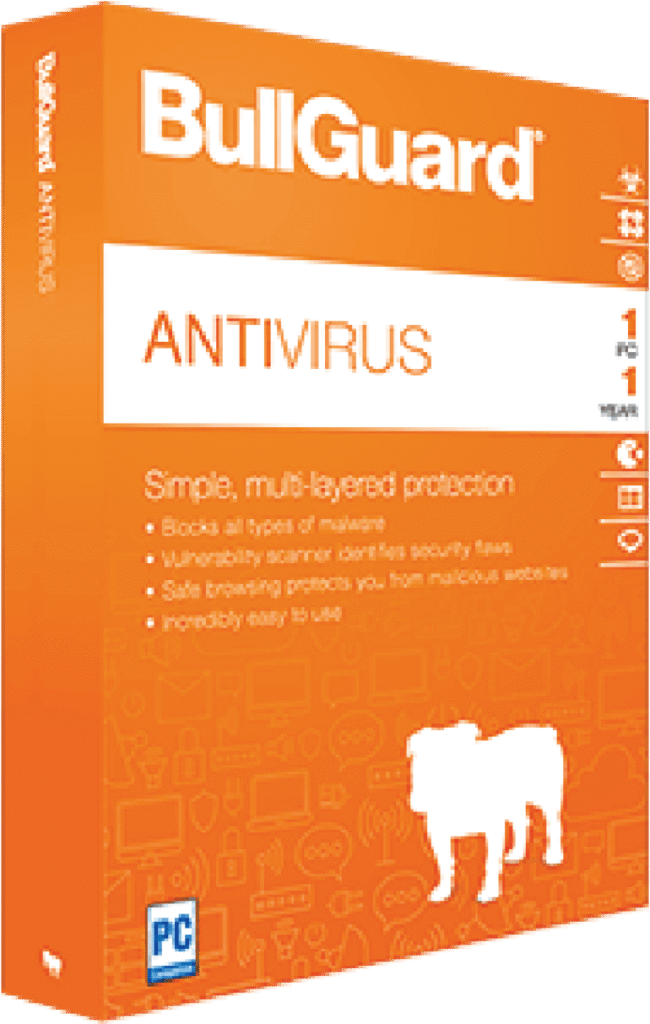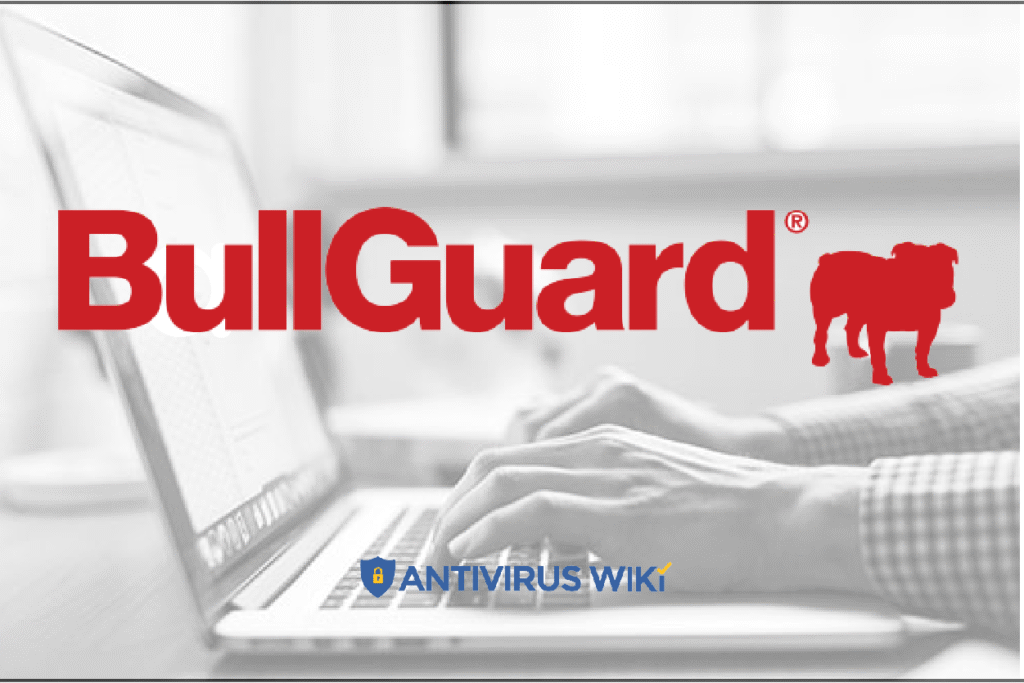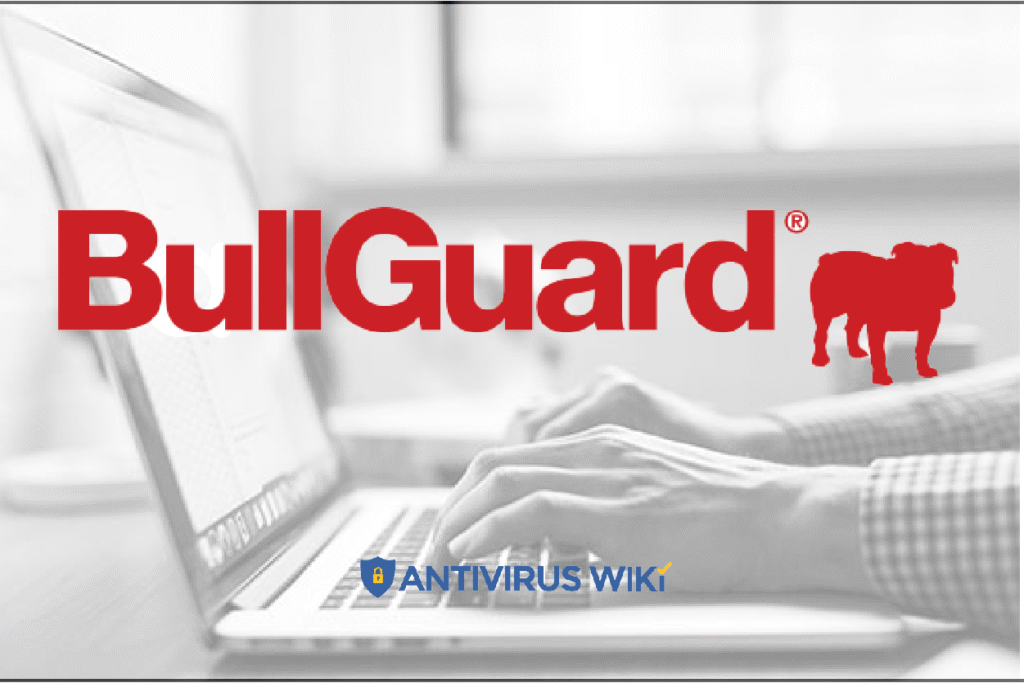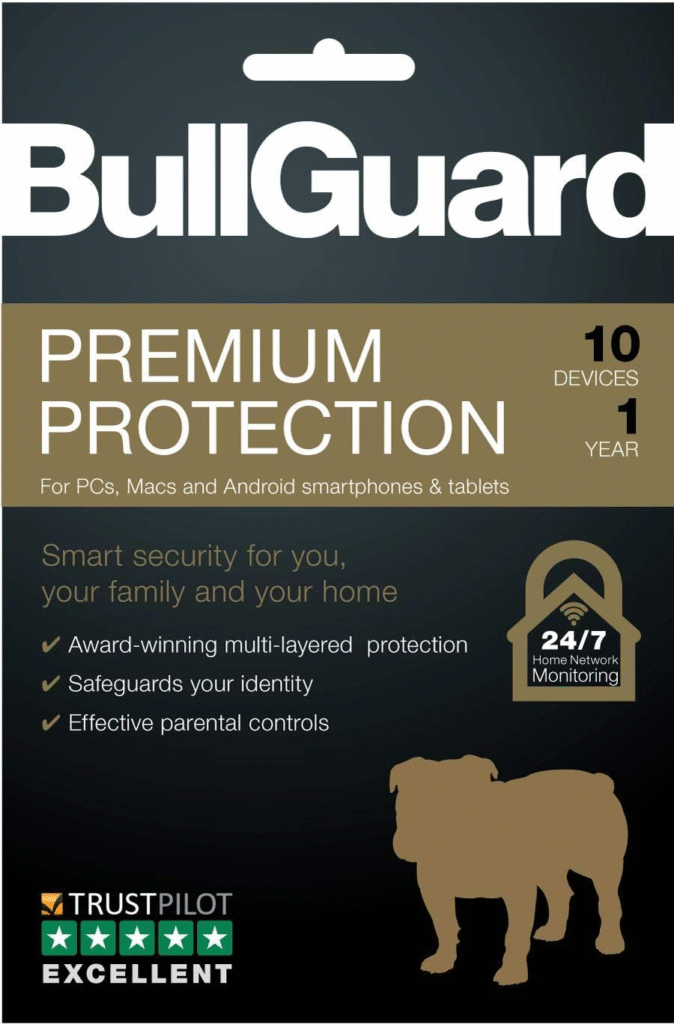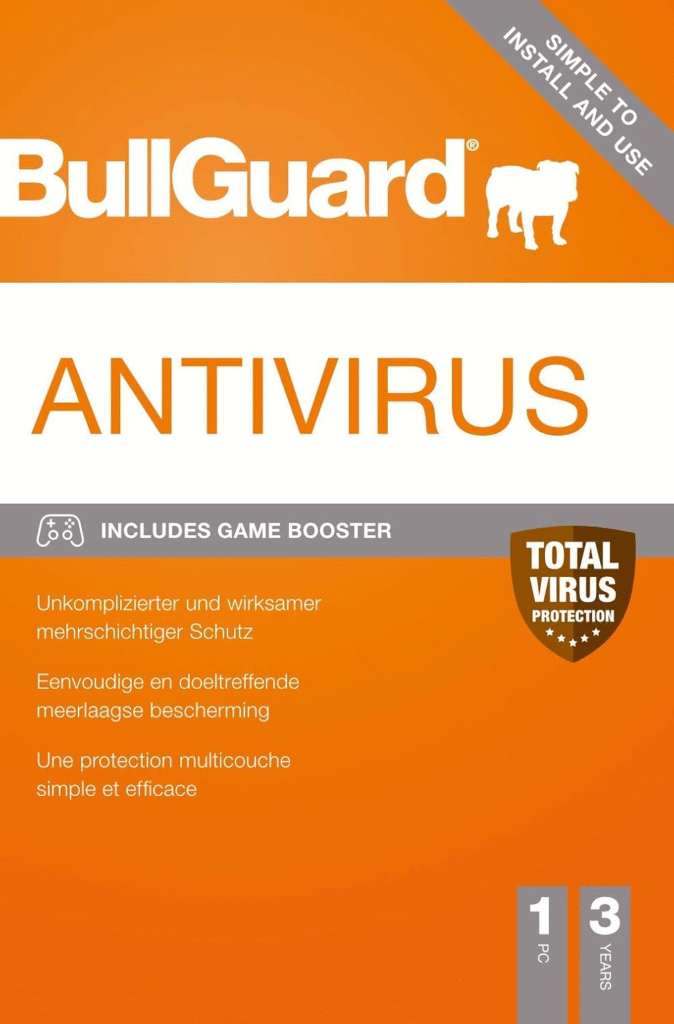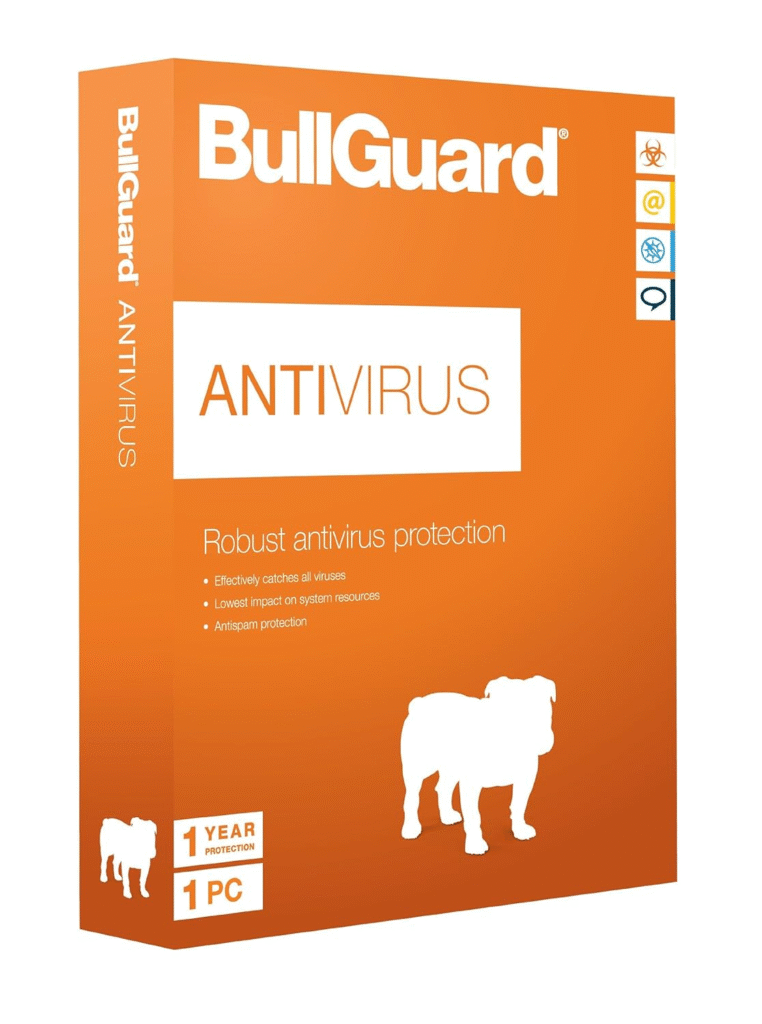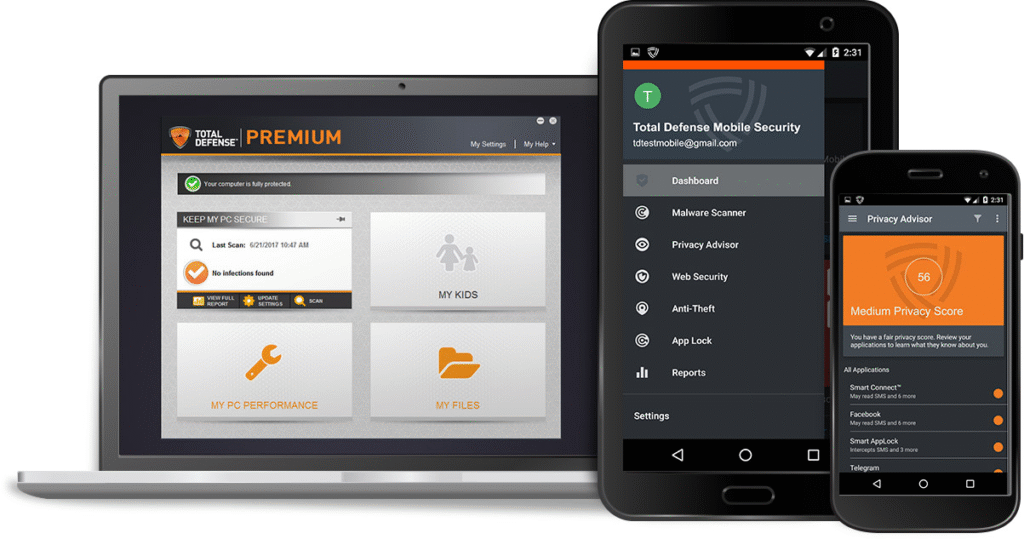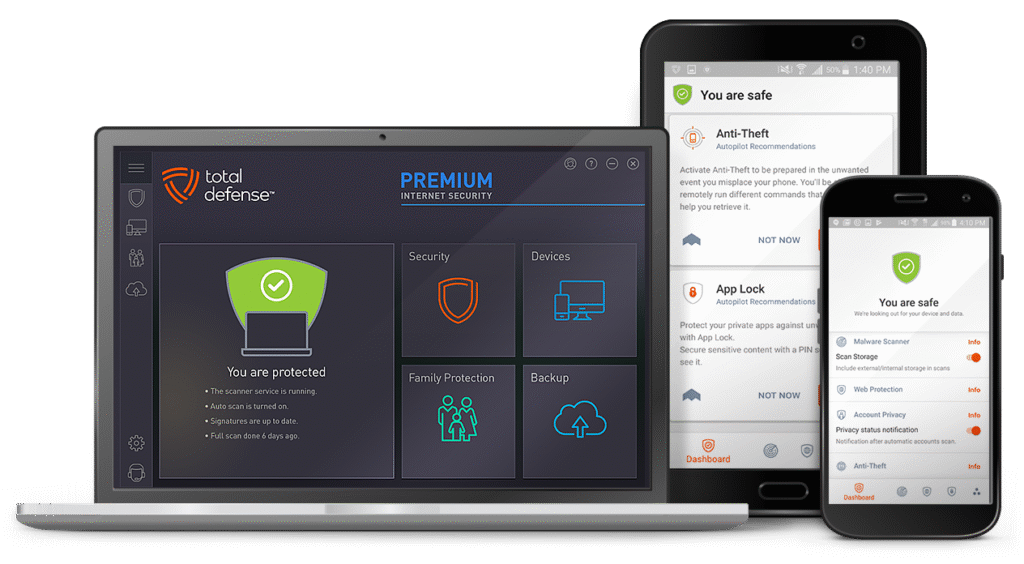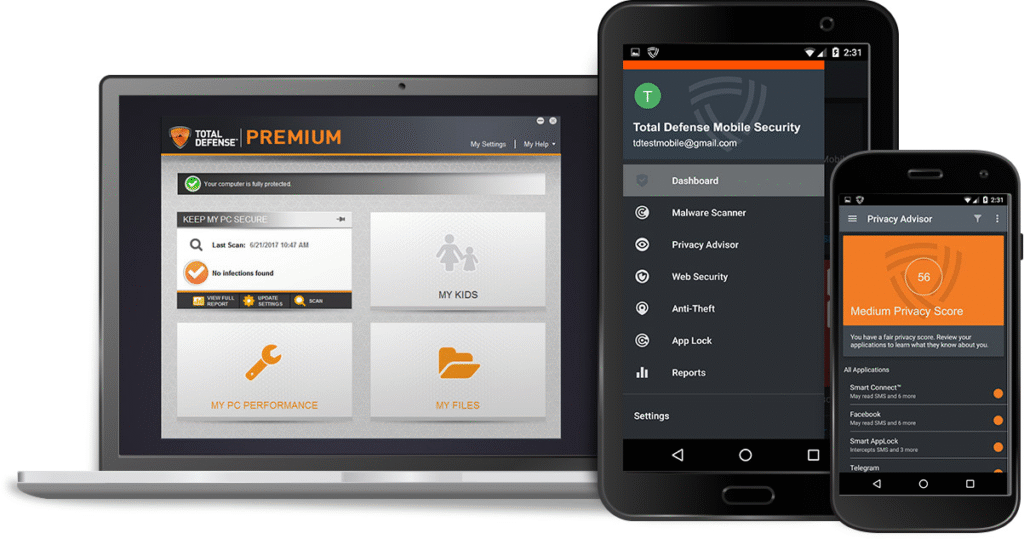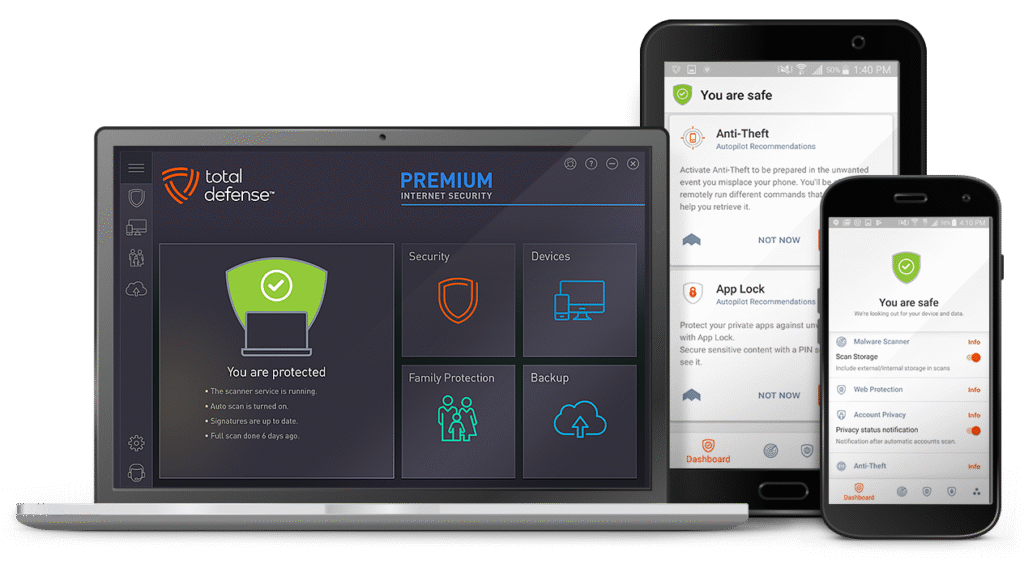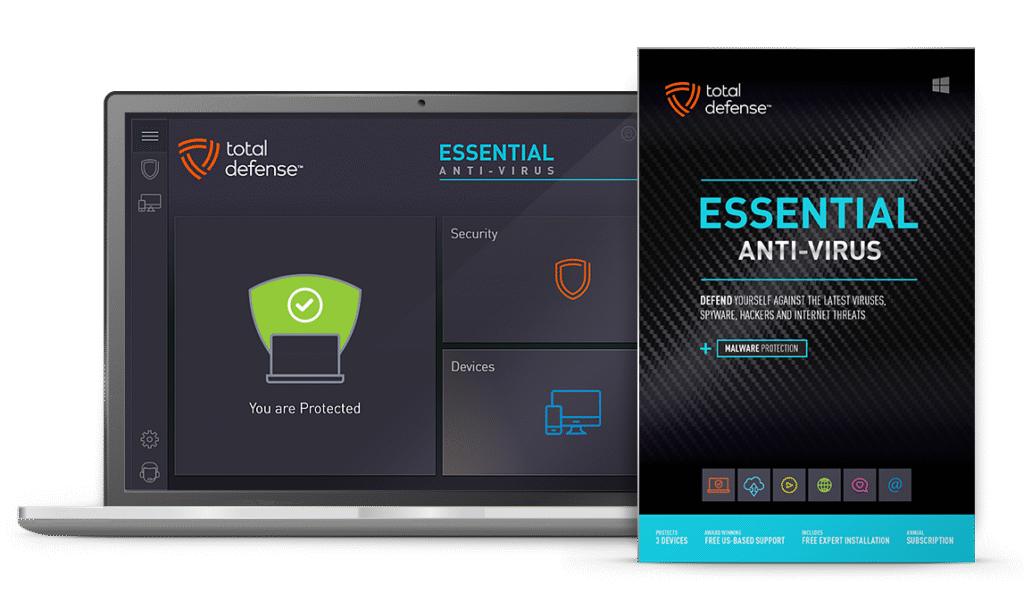In today’s world, where cyberthreats lurk behind every email, download, or website, having a reliable antivirus like BullGuard is essential. But even the best software can run into glitches, BullGuard Antivirus Customer Service installation errors, or update issues, and when that happens, the quality and speed of customer service become critical.
For many users, getting help from customer service can feel frustrating, especially when you’re stuck waiting in long queues or bouncing between emails and chat responses. BullGuard Antivirus Customer Service However, there are smart strategies that can significantly cut down on the time it takes to get the help you need.
This detailed guide will walk you through practical tips and proven approaches to get faster assistance from BullGuard customer service. Whether you prefer phone calls, live chat, or email, these insights will help you save time, reduce hassle, and solve your problem efficiently.

Understanding Why You Need Fast Support
Before we dive into tips, it’s worth recognizing why speed matters in tech support:
- Security risks: A malfunctioning antivirus can leave your device exposed to malware, phishing, or ransomware.
- Business continuity: For businesses using BullGuard, delays can affect productivity and customer trust.
- User frustration: Long wait times or ineffective solutions waste your time and increase frustration.
- Data protection: The longer your system is vulnerable, the higher the risk of a security breach.
Getting quick help ensures that your devices remain secure, your data stays protected, and your peace of mind is intact.
Know Which Support Channel to Use
One of the smartest ways to get fast help is knowing which support channel is best for your specific problem.
Phone Support
- Best for: Urgent, complex, or sensitive issues that require real-time conversation.
- Speed advantage: Immediate answers and step-by-step guidance.
- Potential delays: Possible wait times during peak hours.
Live Chat
- Best for: Quick questions, account or license issues, general troubleshooting.
- Speed advantage: Instant connection, written record, multitasking possible.
- Potential delays: Occasional busy queues during high-demand times.
Email Support
- Best for: Non-urgent problems, documentation requests, detailed issue reports.
- Speed advantage: Ability to attach screenshots or logs.
- Potential delays: Slower response time, back-and-forth communication.
Online Help Center
- Best for: Common problems, DIY troubleshooting.
- Speed advantage: Instant answers, no waiting.
- Potential delays: Limited to what’s published; not personalized.
By matching your problem to the right channel, you can cut down on unnecessary back-and-forth and get to a solution faster.
Prepare Before You Reach Out
Many delays in customer support happen because users aren’t fully prepared. BullGuard Antivirus Customer Service Here’s how you can prepare to speed up the process.
Gather Essential Information
Before you contact support, have the following ready:
- BullGuard account email or username.
- Your license key or subscription number.
- Software version you’re using.
- Operating system and device details.
- Description of the problem, including when it started.
- Any error messages or codes you’ve seen.
- Steps you’ve already tried on your own.
Having this information upfront helps the support agent diagnose your problem without needing to pause and ask for basic details.
Reboot and Retest
Sometimes, a simple restart of your device or the BullGuard application can resolve minor glitches. Before contacting support, try rebooting and testing the software again to see if the issue persists.
Check System Updates
Ensure your operating system and BullGuard software are fully updated. BullGuard Antivirus Customer Service Outdated versions are a common cause of problems and can slow down troubleshooting if overlooked.
Use Self-Service Tools First
Many issues can be resolved without even contacting support if you use BullGuard’s online self-help resources.
Search the Knowledge Base
BullGuard’s help center contains articles, FAQs, and step-by-step guides for common problems. Searching here before reaching out can help you find instant solutions, saving you the time of waiting for an agent.
Use Diagnostic Tools
BullGuard offers built-in diagnostic features, such as system scans and repair tools, that can fix minor issues automatically. Running these before you call or chat can save you from having to go through these steps with the agent.

Optimize Your Phone Call
When calling BullGuard support, BullGuard Antivirus Customer Service here’s how to maximize speed and efficiency.
Call During Off-Peak Hours
Try calling early in the morning or later in the evening to avoid peak call volumes. Avoid Mondays, which are often the busiest, and consider midweek when demand tends to be lower.
Follow the Menu Options Carefully
Listen carefully to the automated system and select the option that best matches your problem. Misrouting your call can result in unnecessary transfers and longer wait times.
Be Clear and Concise
When you speak to the agent, clearly describe:
- What the problem is.
- When it started.
- What you’ve tried so far.
- What specific help you need.
Avoid giving long background stories unless they’re directly relevant. Clear, direct communication helps the agent get to the core of the issue faster.
Stay Calm and Patient
Even if you’re frustrated, staying polite and calm improves the chances that the agent will work efficiently and thoroughly to help you.
Optimize Your Live Chat
Live chat is often faster than phone support, BullGuard Antivirus Customer Service but you can make it even smoother with these tips.
Write a Detailed Initial Message
When you start the chat, provide as much relevant information as possible right away. For example:
“I’m using BullGuard Premium Protection on Windows 11. Since the last update, the firewall won’t turn on. I’ve tried restarting and reinstalling, but it’s still not working.”
This helps the chat agent skip unnecessary questions and get to the solution faster.
Keep an Eye on the Chat Window
Stay near your device and monitor the chat window closely. Delayed responses on your side can slow down the overall resolution.
Use Copy-Paste for Technical Details
If the agent asks for error codes or long system details, BullGuard Antivirus Customer Service copy and paste them directly instead of typing them manually. This reduces errors and saves time.
Optimize Your Email Requests
If you choose to use email support, follow these best practices for faster help.
Write a Clear Subject Line
Use a subject line like “Billing Issue: Subscription Not Renewing” or “Technical Issue: Antivirus Scan Freezes at 50%” to help the support team prioritize your request.
Provide All Details Upfront
In your first email, include:
- Account details.
- Software version.
- Operating system.
- Problem description.
- Screenshots or log files if applicable.
The more complete your first message, the fewer back-and-forth emails will be needed.
Stay Organized and Follow Up Smartly
Sometimes, resolving an issue takes multiple interactions. Here’s how to handle follow-ups effectively.
Keep Track of Case Numbers
If you’re given a case or ticket number, BullGuard Antivirus Customer Service write it down or save the email. Referencing this number in future communications helps the support team quickly pull up your history.
Summarize Previous Steps
When following up, briefly summarize what’s been tried so far. This helps avoid repeating steps unnecessarily.
Escalate If Needed
If your issue hasn’t been resolved after a reasonable amount of time, politely ask to escalate the case to a senior agent or specialist.
Avoid Common Mistakes That Slow Things Down
To avoid wasting time, steer clear of these common pitfalls:
- Contacting the wrong department.
- Providing incomplete or inaccurate details.
- Ignoring self-service tools that could solve the problem instantly.
- Being rude or impatient with support agents, which can complicate the interaction.
- Failing to follow up or apply recommended solutions.
By approaching support systematically and thoughtfully, you improve your chances of a fast resolution.
Use Preventive Measures to Reduce Future Support Needs
One of the best ways to speed up future interactions is to reduce how often you need support in the first place.
Keep Software Updated
Regularly update BullGuard and your operating system to prevent compatibility issues.
Review Settings Regularly
Check your antivirus settings to ensure they are properly configured and not causing conflicts.
Use Good Digital Hygiene
Avoid risky downloads, suspicious links, and untrusted software to minimize the chance of infections or crashes.
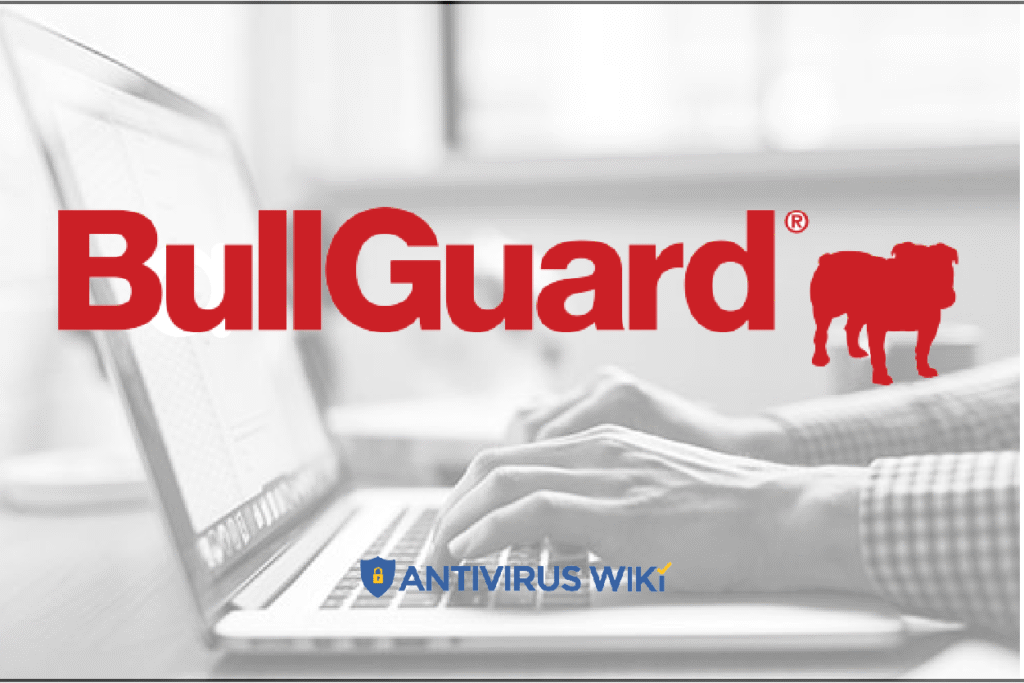
Final Thoughts
Getting fast help from BullGuard customer service is not just about luck or hoping you catch an agent on a good day — it’s about preparation, strategy, and communication.
By choosing the right support channel, preparing essential information, using available self-service resources, and communicating effectively, you can greatly reduce the time it takes to solve your problem.
Remember: the goal isn’t just to get any answer quickly, BullGuard Antivirus Customer Service but to get the right solution efficiently so your devices stay protected, your data stays secure, and your experience remains positive.





